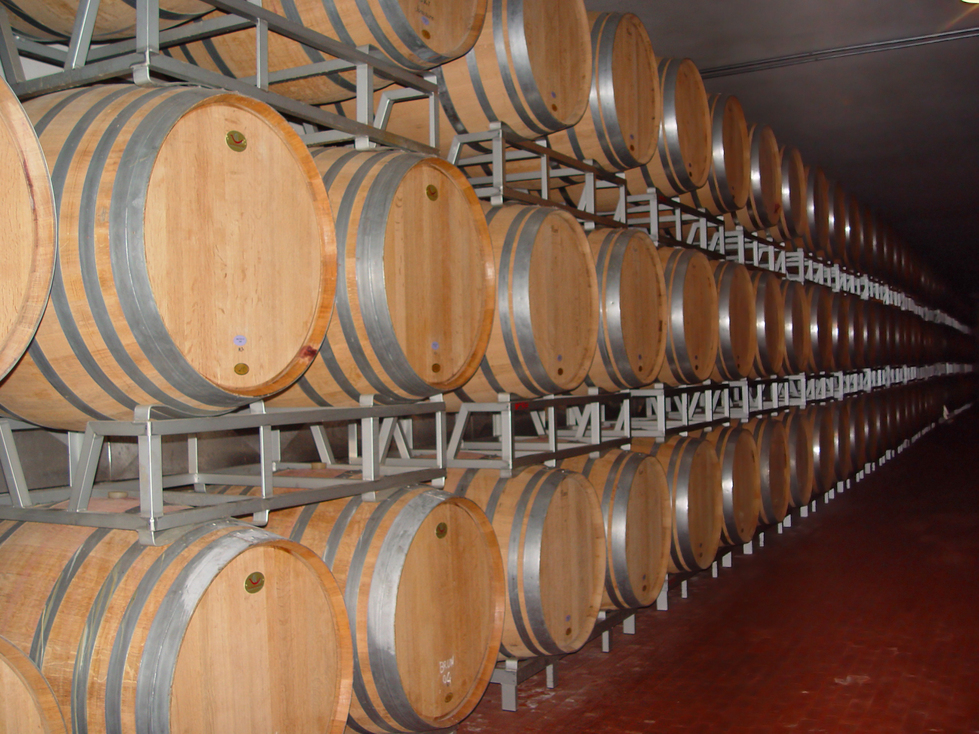
Liquor Boards in Canada
The Canadian Liquor Boards are independent monopolies, controlled by their provincial governments and operate either as full monopoly or a combination of monopoly and private systems. Within Ontario, the LCBO is a monopoly.
Pricing - Each Liquor Board has its own floor pricing standards, which set the minimum retail price points for each product category. All boards encourage premium pricing in order to increase profits.
Taxes - All products are subject to excise tax, environmental taxes and levies, plus federal and provincial taxes.
Logistics - For Eastern Canada (includes Ontario) the Liquor Boards work with international freight forwarders and arrange delivery from point of production or nearest port. In Western Canada, agents are able to purchase the alcohol in bond, and then sell to their respective Liquor Boards.
The Canadian Liquor Boards are independent monopolies, controlled by their provincial governments and operate either as full monopoly or a combination of monopoly and private systems. Within Ontario, the LCBO is a monopoly.
Pricing - Each Liquor Board has its own floor pricing standards, which set the minimum retail price points for each product category. All boards encourage premium pricing in order to increase profits.
Taxes - All products are subject to excise tax, environmental taxes and levies, plus federal and provincial taxes.
Logistics - For Eastern Canada (includes Ontario) the Liquor Boards work with international freight forwarders and arrange delivery from point of production or nearest port. In Western Canada, agents are able to purchase the alcohol in bond, and then sell to their respective Liquor Boards.

Mark-ups - FOB or ex-cellar prices are subject to Liquor Boards markups that are added on top of freight and other costs. These markups, depending on the market and origin of the product, can surpass the cost of the product and freight cost.
Payment - Depending on which Liquor Board there are several payment options. Monopolies in the East hold the receivable and are the importer of record. Aggressive terms are strongly recommended and can range from 30 to 150 days depending on the type of product and quantity purchased. In
Payment - Depending on which Liquor Board there are several payment options. Monopolies in the East hold the receivable and are the importer of record. Aggressive terms are strongly recommended and can range from 30 to 150 days depending on the type of product and quantity purchased. In
Monchhof Vineyards
Western Canada, the agents negotiate and have the option of purchasing alcohol directly from suppliers. Payment terms are approximately 90 to 120 days and terms can vary significantly depending on the market. In some jurisdictions it is possible to supply product on a consignment basis, this is voluntary and should only be considered if significant gains can be secured. Receivables held by a provincial monopoly do not need to be insured.
Distribution Systems - Each jurisdiction is controlled by a Liquor Board. Alberta is considered to be the most open market as it only controls warehousing and local transport. While other provinces have monopolies which rigorously control from the entire distribution channel, including retail and on-trade supply.
Distribution Systems - Each jurisdiction is controlled by a Liquor Board. Alberta is considered to be the most open market as it only controls warehousing and local transport. While other provinces have monopolies which rigorously control from the entire distribution channel, including retail and on-trade supply.

Packaging Standards - All Markets adhere to federal packaging standards that cover both label and carton specifications and there are mandatory EAN/UPC and SCC codes to abide by.
Listing Types - Largely, listings are divided into two areas: The first is the higher volume/lower price "General Listing Category" which requires strategic pricing, significant marketing contribution and precise quotes. The alternative is the premium focused "Vintage Category" which offers opportunities for more interesting, select products and rare wines and spirits. These purchases are more
Listing Types - Largely, listings are divided into two areas: The first is the higher volume/lower price "General Listing Category" which requires strategic pricing, significant marketing contribution and precise quotes. The alternative is the premium focused "Vintage Category" which offers opportunities for more interesting, select products and rare wines and spirits. These purchases are more
limited but can provide a significant market allocation for suppliers.
Product Selection - All products must be reviewed and accepted by the Liquor Board prior to being ordered, except for in the province of Alberta. The competition for “Listings” is very high and it is essential to offer not only high quality, value products with interesting packaging but have strong local representation as well.
Compliance - As with all large clients, it is important to strictly adhere to their terms, policies and procedures. Failure to do so can result in significant costs being billed back to the supplier or even return of goods and delistings.
Opportunities - In today’s competitive environment, monopolies are a sound buyer. They can be a loyal and rewarding client if the supplier and its agent offer the highest level of product and service.
Product Selection - All products must be reviewed and accepted by the Liquor Board prior to being ordered, except for in the province of Alberta. The competition for “Listings” is very high and it is essential to offer not only high quality, value products with interesting packaging but have strong local representation as well.
Compliance - As with all large clients, it is important to strictly adhere to their terms, policies and procedures. Failure to do so can result in significant costs being billed back to the supplier or even return of goods and delistings.
Opportunities - In today’s competitive environment, monopolies are a sound buyer. They can be a loyal and rewarding client if the supplier and its agent offer the highest level of product and service.